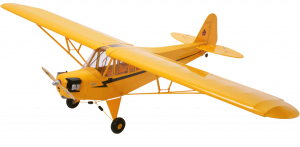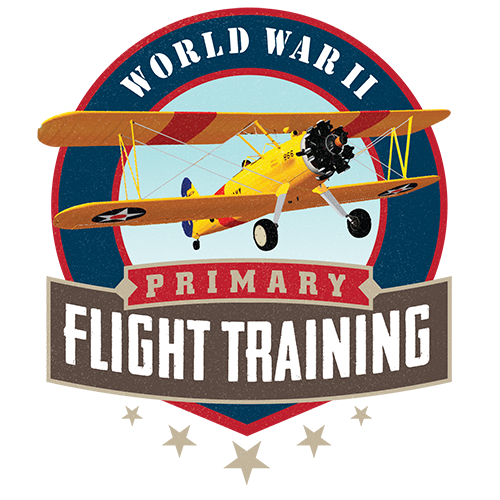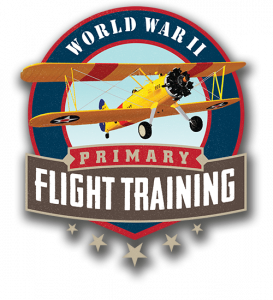ABOUT US
HISTORY
During World War II thousands of aviation Cadets began their primary flight training in the Stearman biplane at military bases all across the United States. During their Stearman Biplane flying lessons, rigorous standards were established in an effort to train American airmen to become the finest military aviators in the world.
Although men primarily trained to fly military aircraft during this period, there was also a very important group of female pilots who took part in important aviation missions.
The Women Airforce Service Pilots (WASP) played a critical role during the war. Members of WASP became trained pilots who tested aircraft, ferried aircraft and trained other pilots. Their purpose was to free male pilots for combat roles during World War II. They flew a total of over 60 million miles in the Stearman biplane and other types, transported combat aircraft, towed targets for live anti-aircraft gun practice, simulated strafing missions and transported cargo. 38 WASP members lost their lives and one disappeared while on a ferry mission, her fate still unknown.
You Can Relive Aviation History!
Our World War II Primary Flight Training Stearman training program is Oklahoma's first and best. We offer both pilots and non-pilots the opportunity to learn how to fly a Stearman biplane or a Piper J3 Cub. Our Stearman Biplane training curriculum was created to accurately represent how pilots trained in preparation for World War II. Students will wear an authentic flight suit, parachute, cloth helmet and goggles as they aviate in our Stearman biplane. Secure your Stearman Biplane flying lessons today!
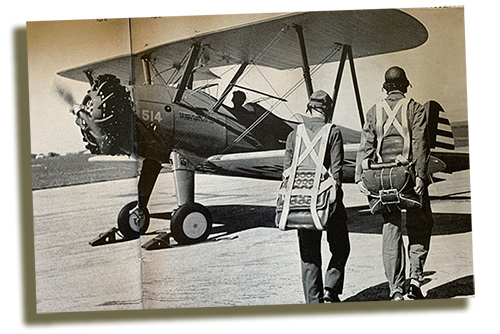
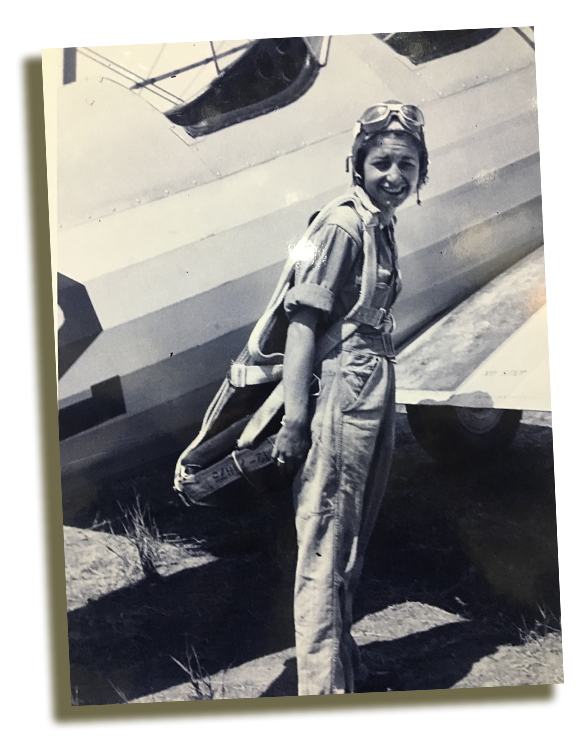
OUR STEARMAN BIPLANE LESSON PROGRAM
World War II Primary Flight Training is located in Northeast Oklahoma at Skiatook Municipal Airport (2F6). This small but well-appointed airfield is uncontrolled and outside of Tulsa’s Class C Airspace, making it the perfect environment to efficiently fly to a suitable practice area and train in the traffic patterns at numerous nearby grass runways.
The concept of our World War II Primary Flight Training program is to provide an opportunity for individuals to experience the same challenges and training our war heroes did while developing strong stick and rudder skills that can take their airmanship to a higher level. It is not designed as a pass/fail training program but focuses on a positive, safe learning experience and the thrill of flying the classic open cockpit Stearman Biplane.
Our course curriculum is designed for both the novice beginner who may want to log their first few hours operating a World War II primary trainer and the experienced professional pilot looking to add a tailwheel endorsement or perform basic aerobatics. The ultimate focus is on having fun while developing skills with an experienced professional instructor pilot.
Training begins with orientation covering general aircraft specifications, operating procedures and thorough safety briefing. Use of a flight suit, helmet, headset, goggles and required parachute are provided as part of the program.
The following endorsements are available and may be included as part of normal training operations.
- CFR 61.31(i) Tailwheel Endorsement
- CFR 61.31(f) High Performance
- CFR 61.183(i) 1 and 2 Spin Training
- CFR 61.56 Flight Review
- Transition training to meet insurance requirements
TRAINING AIRCRAFT
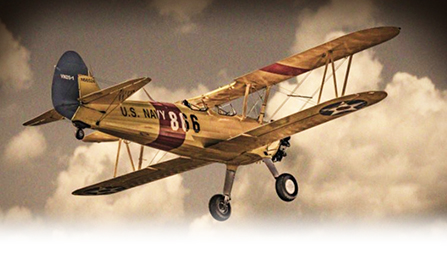
Stearman Model 75
The Stearman (Boeing) Model 75 was designed as a military trainer and built during the 1930’s and 1940’s. Built in 1943, this aircraft served as a primary trainer (N2S-1) in the United States Navy until 1948. This airplane was modified and operated as a crop duster in the U.S. until 1966. It was then returned to its original configuration and issued a Standard Airworthiness Certificate.
Powered with a stock 220HP Continental radial engine, the Stearman is the perfect training platform for learning basic flight maneuvers which will result in a good understanding and practical application of energy management, power management and positive aircraft control. Skills developed with WWII Primary Flight Training with your experienced instructor will create confidence and transfer to the recreational pilot or Airline/Corporate aviation professional.
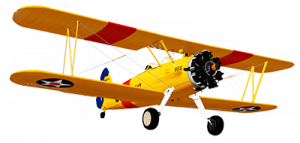
Boeing: Stearman N2S-1 (Model A75) SPECIFICATIONS
Engine: Continental W670
Power: 220 HP
Crew: 2
Span: 32’-2”
Length: 25’-1/4”
Height: 9’-2”
Empty Weight: 1936 lb
Max Take-off Weight: 2717 lb
Cruising Speed: 106 mph
Ceiling: 11,200 ft
Range: 505 miles
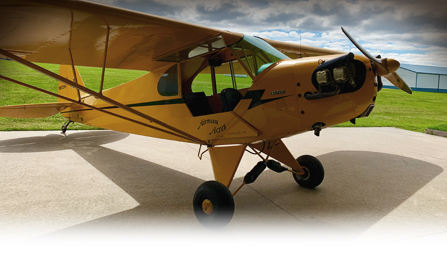
Piper J-3 Cub
There’s no one aircraft model that symbolizes general aviation and the seduction of flying low and slow more than the iconic Piper J–3 Cub. This is the airplane that taught the pilots of the Greatest Generation and World War II to fly. And it’s the aircraft those soldiers returned home to hope to stick in a hangar of their own. It’s been compared to Ford’s Model T—the first aircraft for everyman (or woman).
Cubs were also flown during the war as observation, liaison, and ambulance airplanes. Known variously as the L-4, 0-59, and NE-1, they rendered valuable service and were nicknamed "Grasshoppers." By 1947, when production ended, 19,888 Piper Cubs had been built.
